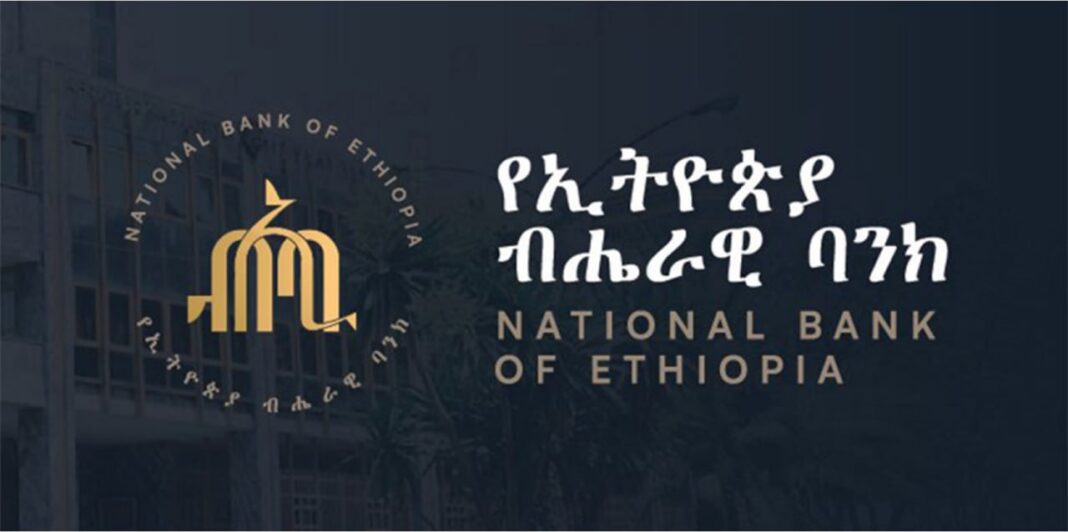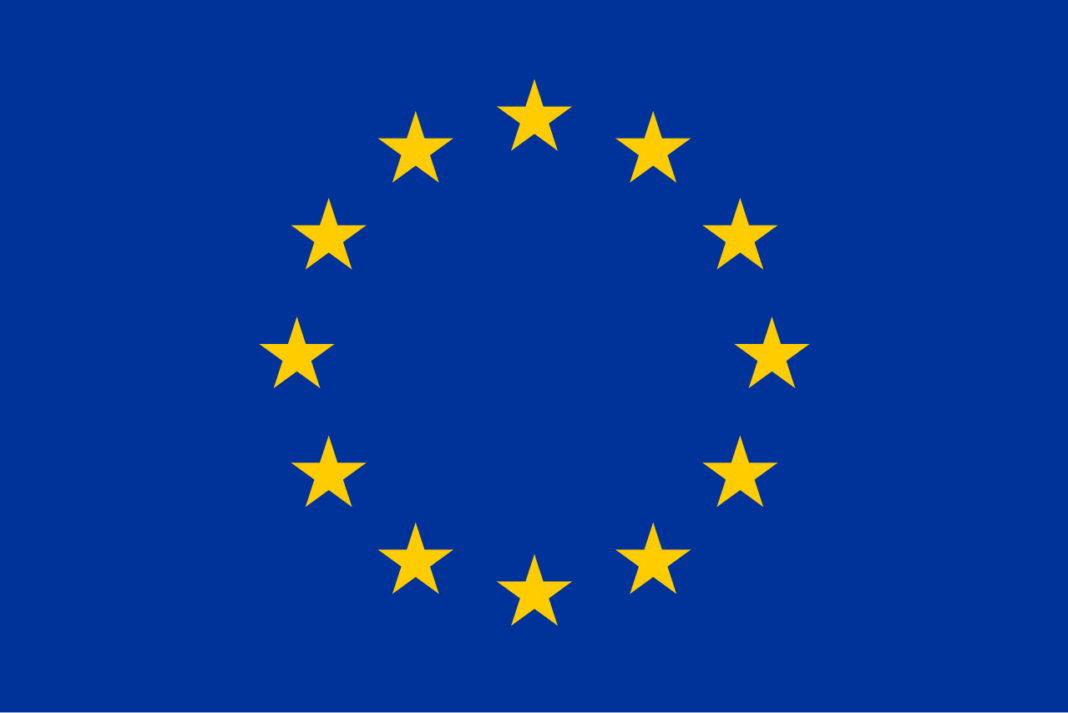The government has reaffirmed its commitment to addressing structural inefficiencies in the foreign exchange (FX) market, aiming to narrow the widening gap between the official and parallel market exchange rates. This includes exploring options to diversify market participants beyond traditional banks. Plans are underway to revise the exporters’ foreign currency sales law and amend the Net Open Position (NOP) directives to enhance FX market stability.
According to the International Monetary Fund’s (IMF) recent Article IV consultation, which included the third review under the Extended Credit Facility arrangement and a financing assurances review, the government is dedicated to deepening the FX market and tackling distortions, particularly the expanding parallel market spread.
Recent measures aimed at strengthening the legal FX market include raising the caps on advance payments for imports and increasing FX allowances for travel
.Additionally, the National Bank of Ethiopia (NBE) is revising its NOP directives and updating the methodology for calculating the daily indicative exchange rate to align with international best practices.
The IMF report highlights that, to meet market demand, the NBE will continue conducting special FX sale auctions, utilizing proceeds from gold export overperformance to enhance market confidence and increase FX supply.
The authorities are committed to implementing further measures as needed, engaging with market participants, and conducting ongoing market development studies, as noted in the IMF report.
The government attributes pressures in the FX market to seasonal increases in imports, significant settlements of letters of credit for fuel and fertilizer, recent monetary expansion driven by NBE gold purchases, persistent capital account restrictions, and broader market sentiment.
To address these challenges, the NBE will begin periodic assessments of unmet FX demand starting September 1, 2025, and will revise the methodology for calculating the daily indicative rate by the end of September 2025 to incorporate interbank FX transactions, as well as NBE FX sales and purchases with banks.
The NBE’s FX auctions will adhere to international best practices, remain open to all banks, and allocate funds based on the highest bids without restrictions on bidding prices or amounts.
Furthermore, the NBE has reached an agreement with the Commercial Bank of Ethiopia (CBE), the state-owned financial institution, to reduce its on-balance-sheet NOP to within prudential limits by the end of 2025.
The NBE has also committed to revising the NOP directive by October 2025 to align with global standards for FX-linked assets, with implementation set for February 2026, accompanied by a clear penalty regime for non-compliance.
The government stated, “By addressing excess FX demand, resolving the CBE’s position, and updating the NOP regulation, we aim to reduce incentives for FX hoarding, promote trading, and enhance price discovery, particularly as rising real interest rates make birr-denominated assets more appealing.
”To improve FX market functionality and narrow the parallel market gap, the NBE increased the cap on advance payments for imports from USD 5,000 to USD 50,000 in May 2025, enabling importers to better manage FX risks.
The government plans to review regulations regarding exporters’ retention account sales to enable exporters to secure more favorable exchange rates when fulfilling surrender obligations. Under the amended foreign exchange (FX) directive, effective since the macroeconomic reforms of July 29, 2024, exporters of goods and services must convert 50% of their export proceeds into birr at a freely negotiated rate through the bank handling their FX transactions, while retaining the other 50% in their foreign exchange retention accounts.
Additionally, authorities are considering expanding participation in the FX market, potentially allowing fintech firms to operate in certain segments.
The National Bank of Ethiopia (NBE) has announced plans for a study in September 2025 to assess the removal of restrictions on accessing and using FX for moderate family remittances, aiming to mitigate the risk of circumventing capital controls.
The parallel market premium, which dropped below 5% in September 2024, has fluctuated around 15% since March 2025. Despite improvements in FX availability and an increase in interbank transactions, challenges such as long wait times and high fees continue to persist, according to the International Monetary Fund (IMF).
The IMF advises authorities to remain proactive and implement additional measures if FX supply weakens or the parallel market spread widens further. A key aspect of the reforms initiated a year ago is the liberalization of the exchange market, which continues to guide these efforts.







